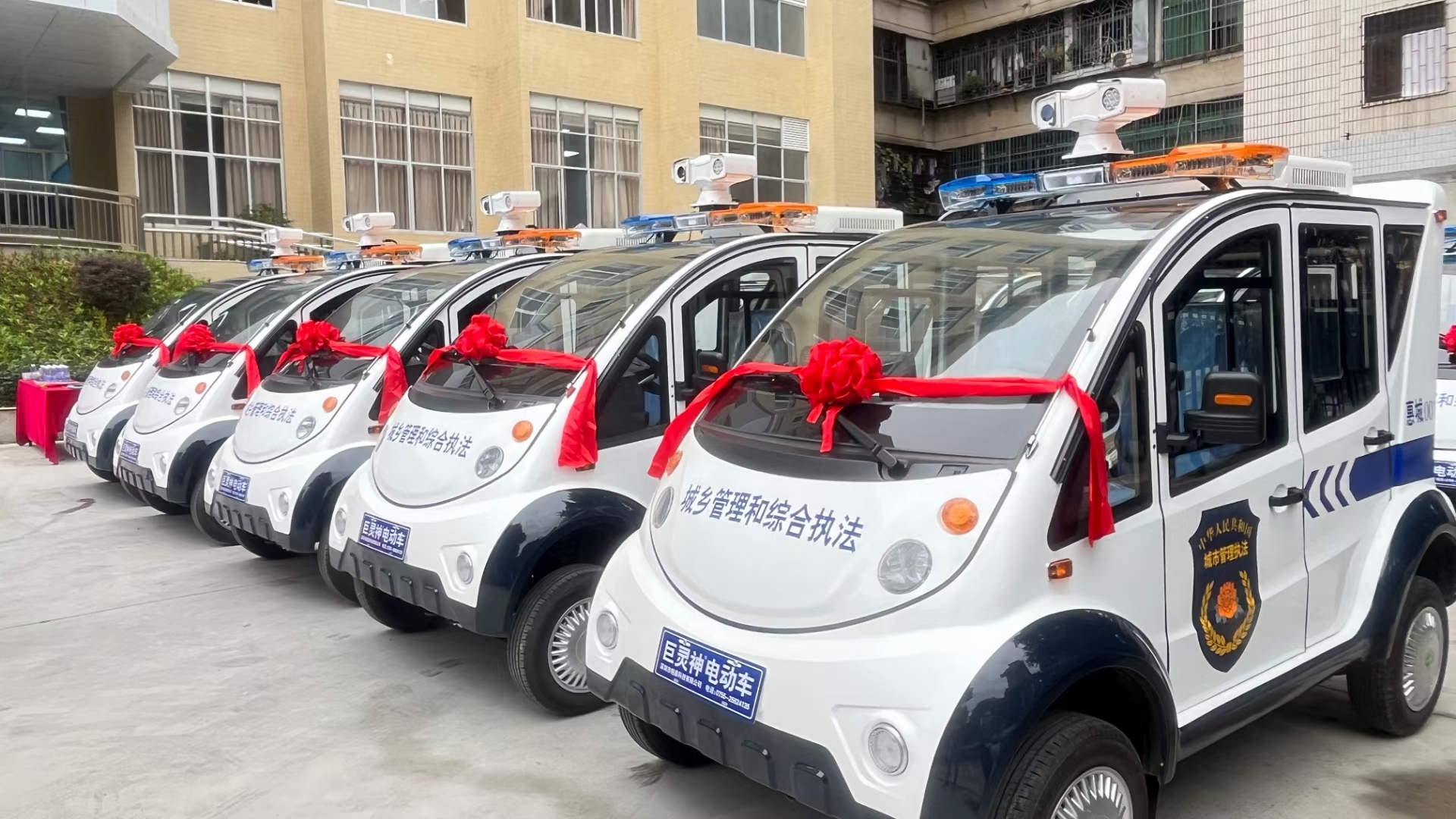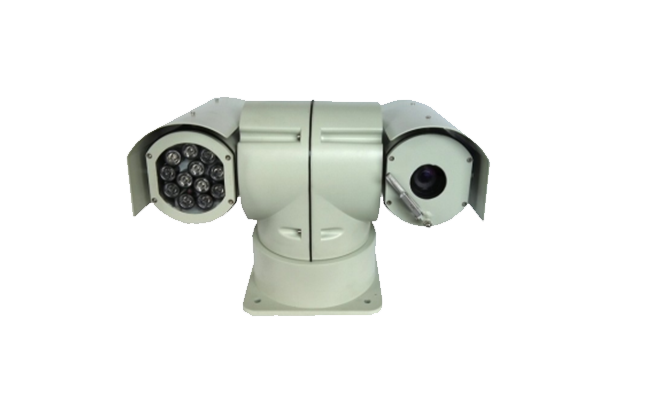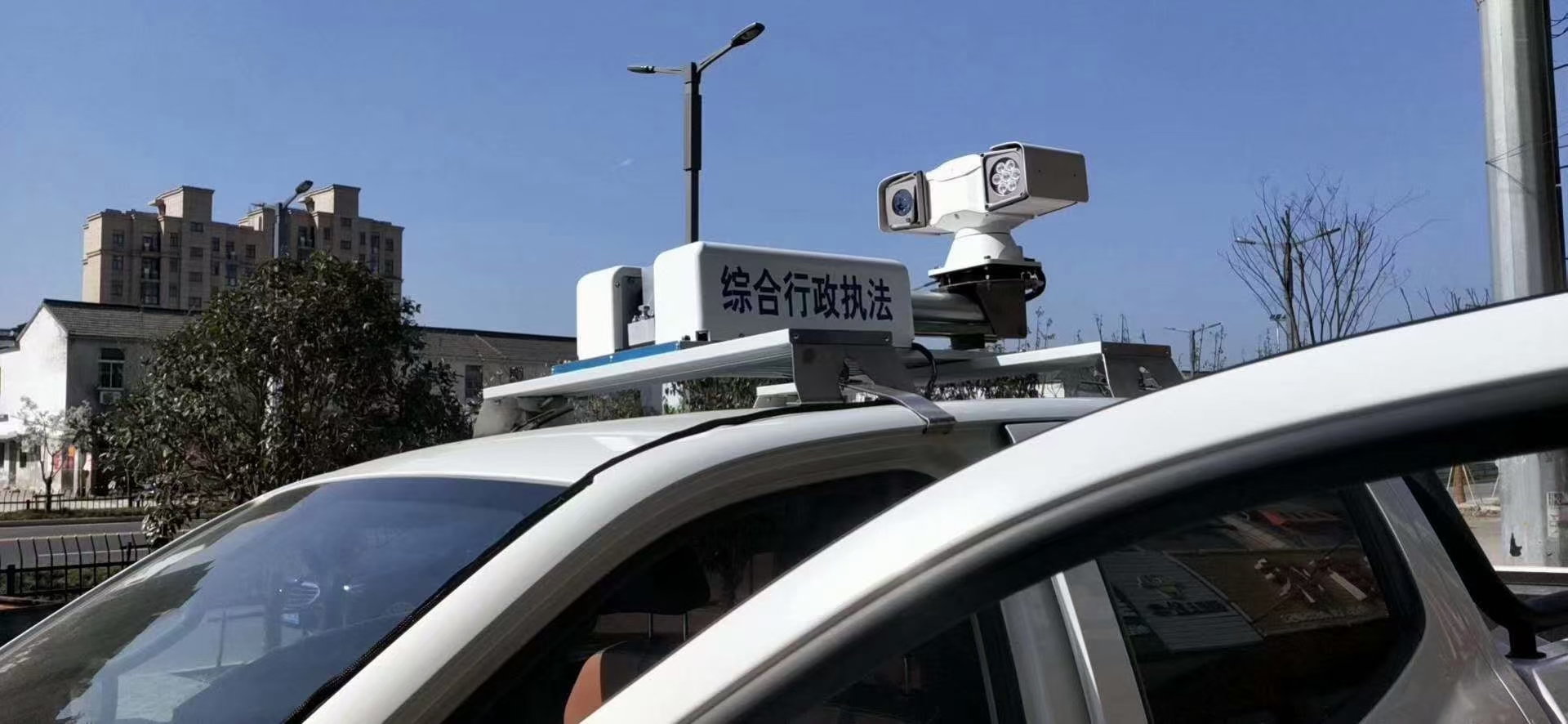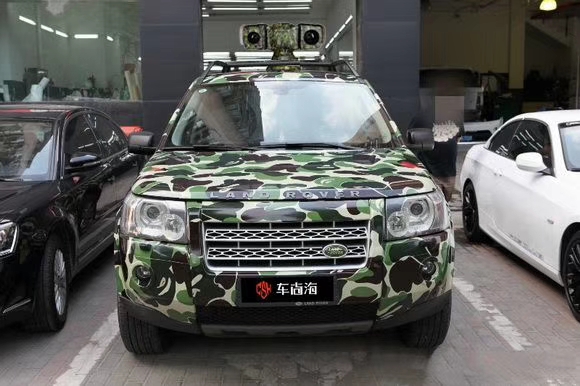The race towards fully autonomous driving technology is accelerating, with major tech companies and automotive manufacturers investing heavily in developing vehicles that can navigate the complexities of the road with little to no human intervention. As this technology evolves, the integration of Pan-Tilt-Zoom (PTZ) cameras is emerging as a game-changer, offering a new level of precision and adaptability that could significantly enhance the safety and efficiency of self-driving cars.
Autonomous driving systems rely on a combination of sensors, cameras, and artificial intelligence (AI) to interpret and respond to the environment around them. Traditional fixed cameras have been a staple in these systems, providing a constant stream of visual data to help the vehicle understand its surroundings. However, the addition of PTZ cameras introduces a dynamic element that was previously missing.
PTZ cameras can rotate (pan), move up and down (tilt), and adjust their focus (zoom), offering a 360-degree view around the vehicle. This flexibility allows autonomous vehicles to better assess their environment, adjusting the camera’s focus on specific objects or areas of interest, such as road signs, obstacles, or pedestrians, with unparalleled precision.

One of the critical challenges in autonomous driving technology is ensuring the safety of passengers, pedestrians, and other road users. PTZ cameras can significantly contribute to this aspect by providing more detailed and adaptable visual data to the vehicle’s AI system. For instance, in complex urban environments where pedestrians may suddenly step onto the road, a PTZ camera can quickly zoom in and focus on the pedestrian, giving the AI system a clearer view and more time to make a decision, whether to slow down, stop, or maneuver around the obstacle.
Moreover, the ability to pan and tilt allows autonomous vehicles to anticipate and react to changes in the environment more effectively. For example, when approaching a blind corner, a PTZ camera can pan ahead, giving the vehicle a preview of what’s to come and preparing it to react accordingly. This capability is particularly useful in dynamic driving conditions where quick adaptations are necessary for safety.

While fixed cameras are limited by their static field of view, PTZ cameras overcome this limitation by offering a broader and more flexible perspective. This is especially beneficial in situations where visibility is crucial, such as navigating through heavy traffic, detecting lane markings, or avoiding unexpected obstacles. By providing a more comprehensive view of the surroundings, PTZ cameras can help autonomous vehicles make more informed decisions, reducing the likelihood of accidents and enhancing overall road safety.

As autonomous driving technology continues to advance, the integration of PTZ cameras is set to play a pivotal role in its development. Their ability to provide dynamic, detailed visual data will not only improve the safety and reliability of autonomous vehicles but also accelerate their adoption by addressing some of the key challenges that have hindered progress in this field.
However, the successful integration of PTZ cameras into autonomous driving systems will require overcoming technical and regulatory challenges. This includes developing robust AI algorithms capable of processing and interpreting the vast amounts of data generated by PTZ cameras, as well as establishing standards and regulations to ensure the safe and ethical use of this technology.

The integration of PTZ cameras into autonomous driving technology represents a significant step forward in the quest for safer, more efficient, and fully autonomous vehicles. By enhancing the ability of these vehicles to understand and interact with their environment, PTZ cameras are not just improving the performance of autonomous driving systems but also paving the way for their widespread adoption in the near future. As the automotive industry continues to innovate, the potential of PTZ cameras in transforming autonomous driving is both exciting and promising.